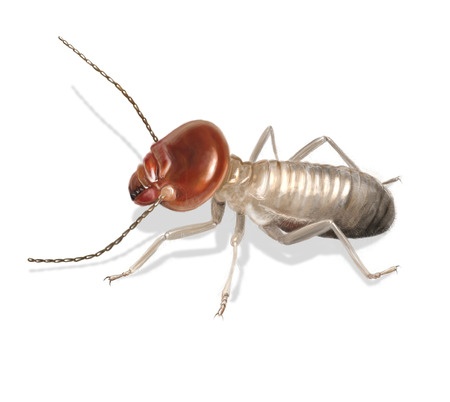It is well known that termites play an important role in the world’s ecosystems. Termite activity can even make habitats more hospitable to other species, as termites promote vegetation growth which in turn provides a source of food for wildlife. Of course, termites can be quite destructive as well. The cost of termite damage worldwide is estimated to be between 22 and 40 billion dollars per year. The most destructive group of termites, subterranean termites, caused a global economic loss of 32 billion dollars in 2010. This figure includes the cost of both damage repairs and control efforts. Every year, these costs increase, and the reason for this increase may be due to the expansion of real estate developments onto recently deforested areas of land that remain rich in subterranean termite colonies.

Forests are always rich in termites, as termites facilitate proper ecosystem functioning by recycling dead wood and plant waste in order to promote further vegetation growth. However, termites continue in their role as ecosystem engineers even after the land they inhabit becomes deforested and covered in buildings and houses. Several field studies have conclusively shown that subterranean termite infestations mainly occur in regions that were formerly forested. After land is cleared of trees and other forms of vegetation, pieces of dead wood, tree stumps and plant matter remain in the soil. Since these forms of plant matter provide remaining termites with more than enough sustenance, it is not necessary for termites to vacate deforested land in an effort to seek new food sources elsewhere. This means that the amount of termites inhabiting a region of forested land does not decrease much by the time the land is cleared for the expansion of commercial real estate developments. In fact, the addition of timber-framed houses on deforested land provides native termites with a more convenient source of cellulose-rich wood. Also, termite colonies can become particularly large in residential areas that were once forested, as one single house provides an unnaturally abundant and centralized food source. Termite colonies can feed on one house for many years, which saves worker termites from having to expend energy on laborious and risky foraging efforts. When termites become accustomed to a nearly endless food source that is located in one single area, like a house, worker termites no longer fall victim to the deadly consequences that go along with searching for food. Considering the high cost of termite damage to homes, soil should be treated for termites before construction on deforested land begins.
Is your home located on recently deforested land? Have any of your neighbors fallen victim to termite infestations?
Tags: Termites



